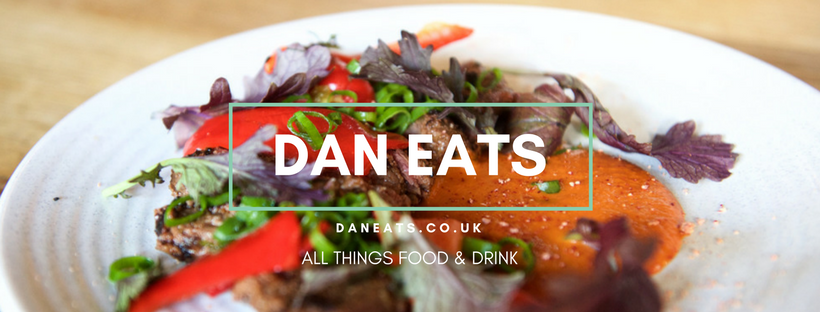
You will be hard pushed to find a bottle of gin more lusted over than that of Isle of Harris gin. Its iconic twisted, rippled glass look has been adored all over the internet. As part of International Scottish Gin Day I’m taking a look at some of the incredible gins that Scotland has to offer.
What helps to set this gin apart from others is its sustainably harvested sugar kelp from local sea-lochs. When creating the gin the distillers wanted to really reflect the beauty of the island and so chose wonderfully unique flavour of kelp. You can sense that real pride in the unique landscape of the Outer Hebridean island and the community that comes with it, not only in the gin their producing but how they talk about what they do.
It’s a distillery that is very much at the core of the community – they employ around 2% of the population of what is the largest of the Scottish islands – and have the community at the core of its values. Social projects and employment opportunities, designed to stem the flow of young islanders to the mainland and reignite the sense of pride, are key to what the distillery are doing in Tarbert, the main community on the Isle of Harris where the south of the island meets north Harris and Lewis.
“We’re proud to send our Isle of Harris Gin out into the world knowing that it holds the best of our island home. Every bottle helps connect our customers to the Isle of Harris.”
Donnie Macleod, Isle of Harris Distiller.
(Source: the Isle of Harris distillery website)
Alongside the sugar kelp, eight other botanicals help to shape the flavour of Isle of Harris gin, including: Macedonian juniper, coriander seeds, cassia bark, angelic root, bitter orange peel, cubebs, liquorice root, and orris root.
It’s a gin that is very gentle and juniper forward on the nose, which is a great start, but when you taste it you start to get those beautiful slightly salty and citrus notes really building. I’d still say it’s quite a subtle gin in terms of its flavours, but I think that’s where it really is allowed to shine. Add tonic and a wedge of pink grapefruit and you’ve got a truly brilliant G&T, and I’ve heard it makes a mean martini.
For a gin with such international recognition, it’s important to remember that the gin is still only sold directly from the distillery. This way they can ensure that supply can be maintained without hurting the landscape. It’s a shining beacon of provenance, presence and providence – being so in love with the island, its people and its produce, and encapsulating that in a bottle.
Check out my other features as part of International Scottish Gin Day, including pieces on Arbikie’s Nadar gin, and more.






